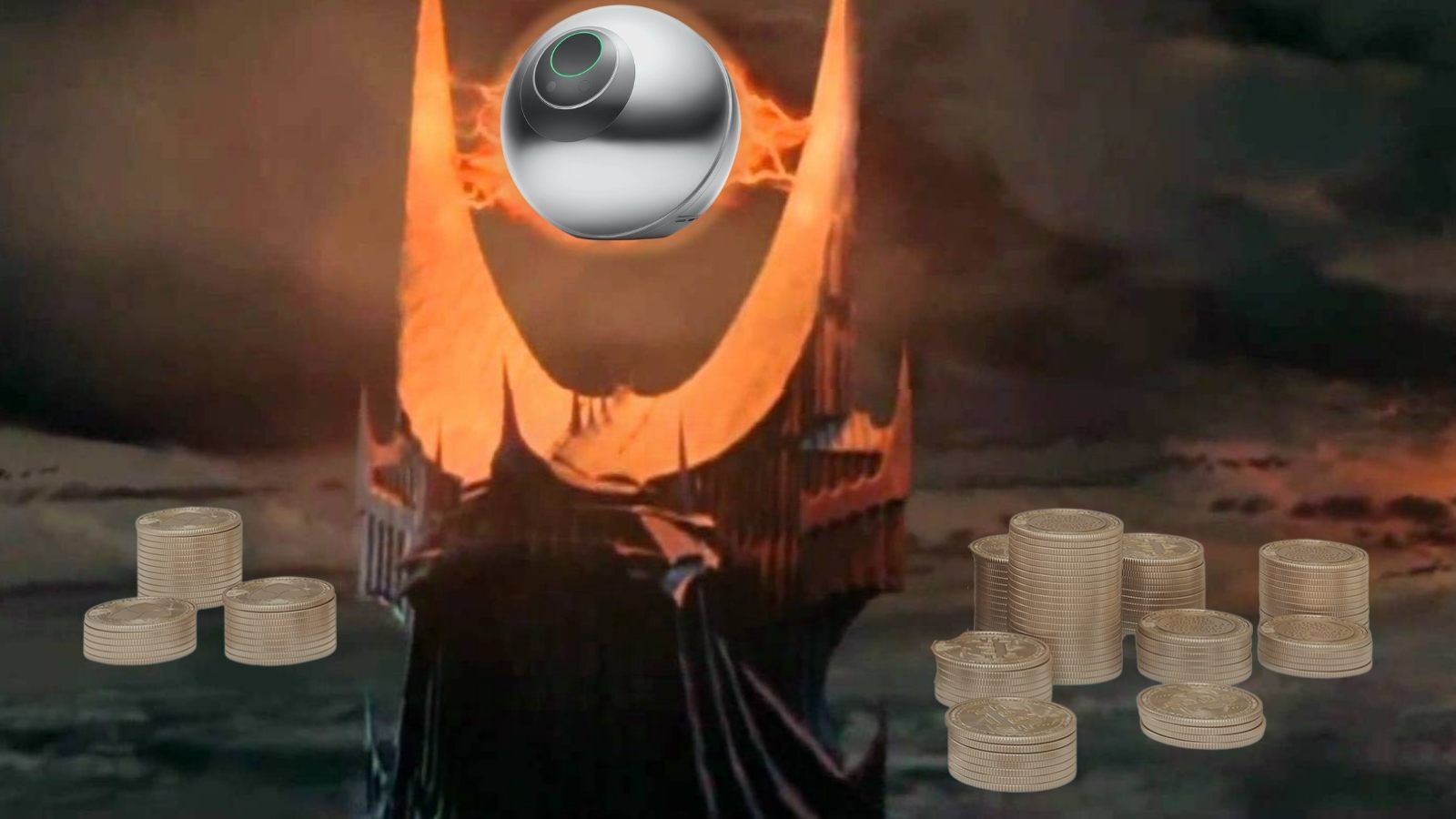 There are two ways to get people’s attention — using the words ‘cryptocurrency‘ and ‘free’. Worldcoin is a Silicon Valley-based startup that has opted to combine the two, attempting to kickstart its new cryptocurrency by handing out a free bit of it to as many people as possible.
There are two ways to get people’s attention — using the words ‘cryptocurrency‘ and ‘free’. Worldcoin is a Silicon Valley-based startup that has opted to combine the two, attempting to kickstart its new cryptocurrency by handing out a free bit of it to as many people as possible.
It’ll do this by using a device it calls an orb that scans people’s irises — the point is to get a unique identifier, so each person can only claim a portion of the currency once. Worldcoin has placed orbs in 30 locations across twelve countries, and it says it hopes to eventually allocate its crypto to more than a billion people.
What’s with Worldcoin?
 The company imagines “…a world where everyone around the globe, regardless of who they are, could participate in the growing space of digital economies and benefit from decentralized, collective ownership.” Its extremely ambitious project is an attempt to get to that point.
The company imagines “…a world where everyone around the globe, regardless of who they are, could participate in the growing space of digital economies and benefit from decentralized, collective ownership.” Its extremely ambitious project is an attempt to get to that point.
But, at least for now, all that’s taking place is potential beneficiaries having their eyes scanned, a move the company says isn’t about harvesting hordes of human biometric data.
Company co-founder Alex Blania, reports Ars Technica, said that its orbs convert iris data to a unique character string before deleting the images themselves. The data will only be used to determine whether a user has claimed their share of Worldcoin, and, Blania says, “Even if I would have your iris code in one form or another, I would have no chance to find out who you actually are on the blockchain.”
So far about 130,000 people have signed up for the initiative, and Worldcoin intends to ramp up the number of sign-ups considerably. Eventually, the target is to distribute 4,000 orbs a month for collecting data, but when — or if — it starts distributing currency is still uncertain. The vesting schedule that would allocate currency, the value of which has yet to be determined, is still in development.
Orbs are currently actively signing up potential users in countries in Africa, Asia, Europe, and South America. Whether Worldcoin eventually proves to have value… that remains to be seen.
Source: Ars Technica



